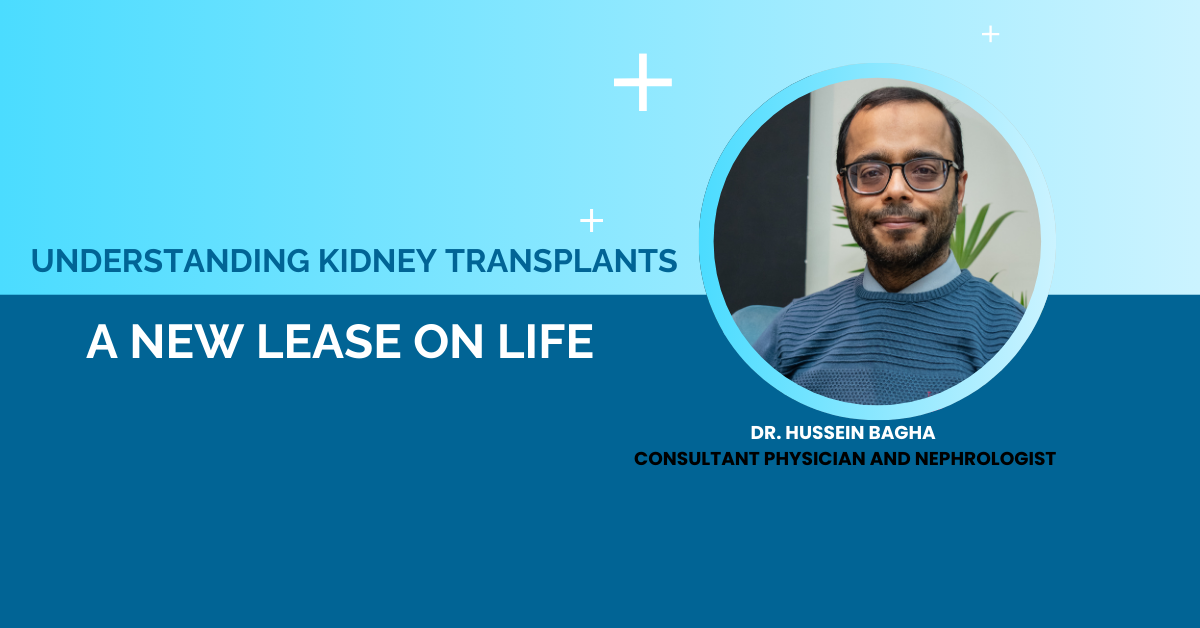
Understanding Kidney Transplants: A New Lease on Life
For individuals living with end-stage kidney disease (ESKD), the prospect of a kidney transplant offers a beacon of hope. This life-changing surgical procedure replaces a diseased or failing kidney with a healthy one from a donor, providing a path to improved health and a significantly better quality of life. But what exactly does a kidney transplant entail, what are the profound benefits it can offer, and what are the potential downsides?
What is a Kidney Transplant?
A kidney transplant is a surgical procedure that places a healthy kidney from a deceased or living donor into a person whose kidneys no longer function properly. Without a transplant, individuals with ESKD typically require regular dialysis treatments to perform the function of their failing kidneys.
The transplanted kidney is usually placed in the lower abdomen, and the diseased kidneys are typically left in place unless they are causing problems. The new kidney’s blood vessels are connected to the recipient’s blood vessels, and the ureter (the tube that carries urine from the kidney to the bladder) is connected to the recipient’s bladder. After a successful transplant, the new kidney begins to function, filtering the blood and producing urine.
The Benefits of a Kidney Transplant
The benefits of a successful kidney transplant are numerous and can dramatically improve a patient’s life. One of the most significant advantages is the elimination of the need for dialysis. Dialysis, while life-sustaining, is a time-consuming and often restrictive treatment that can impact a patient’s daily life, diet, and energy levels. With a functioning transplanted kidney, patients gain freedom from these regular treatments, allowing for a more normal and flexible lifestyle.
Beyond freedom from dialysis, kidney transplant recipients often experience a significant improvement in their overall health and well-being. This includes increased energy levels, improved strength and stamina, and a generally healthier feeling. Studies have shown that individuals who receive a kidney transplant tend to live longer than those who remain on dialysis. The quality of life is also markedly better, with fewer dietary restrictions and the ability to participate more fully in activities they enjoy.
Furthermore, a successful kidney transplant can lead to better management of other health issues often associated with kidney failure, such as high blood pressure, anemia, and bone disease. For many, a kidney transplant is not just a medical procedure; it’s an opportunity for a new lease on life, offering renewed health, independence, and the chance to live life to the fullest.
It’s not all fun and games
While kidney transplantation can be life-changing, it is not without its challenges and risks. One of the most significant concerns is organ rejection, where your body’s immune system may attack the new kidney because it recognizes it as foreign. To prevent this, transplant recipients must take immunosuppressive medications for life. These medications make it less likely for your body to reject the kidney, but because they weaken your immune system, they can also make you more susceptible to infections. It is extremely important to take these medications as prescribed—missing doses can jeopardize the function of your transplanted kidney.
A kidney transplant can offer a transformative second chance at life, freeing patients from the burdens of dialysis and restoring independence. However, it also comes with lifelong responsibilities and potential risks. By understanding both the benefits and challenges, patients and their families can make informed decisions and embrace the journey with hope.










